Beyond the Shell: 10 Fascinating Lobster Tidbits
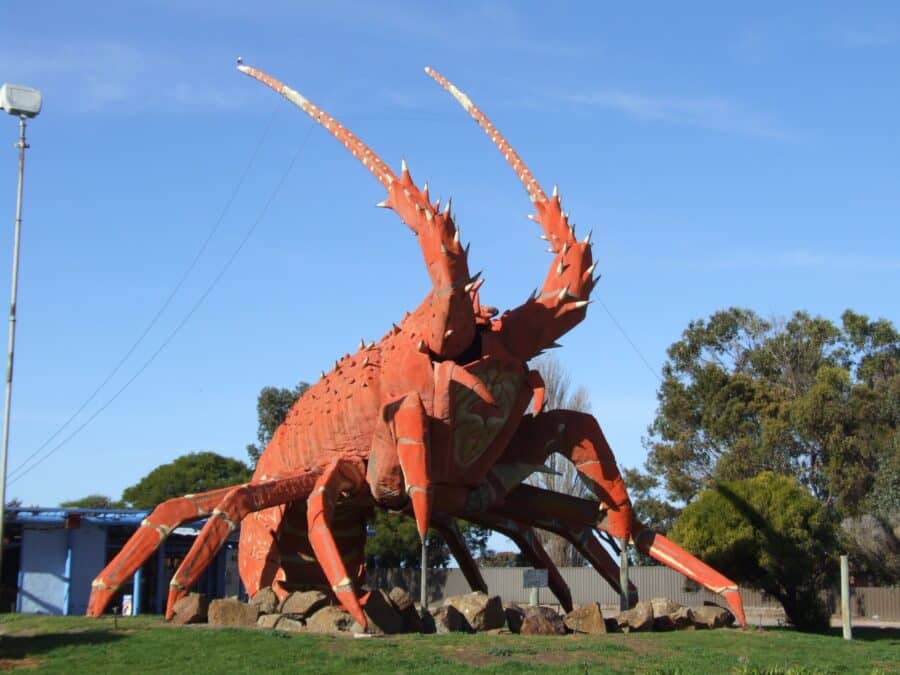
When the word “lobster” comes to mind, do you envision a vibrant red dish paired with melted butter or imagine a territorial marine dweller navigating the seabed? Beyond being a sought-after culinary treat and a star in pop culture, lobsters boast intriguing lives. Dive in to discover more about this emblematic sea inhabitant.
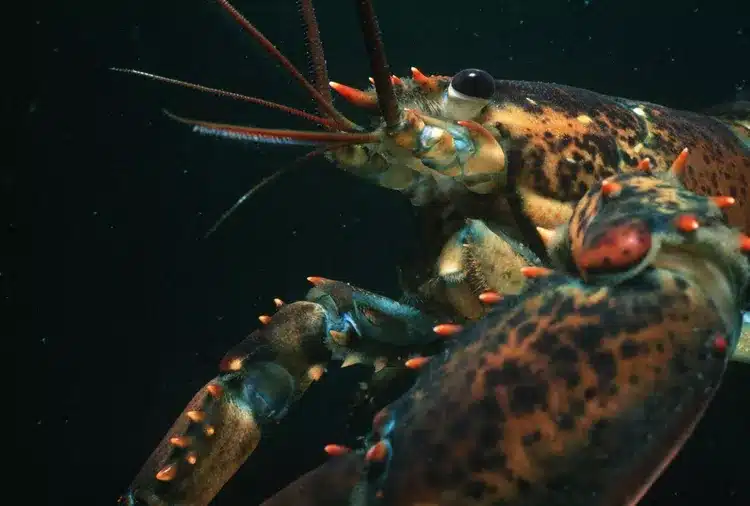
01. Lobsters are Invertebrates
Lobsters are marine invertebrates, belonging to the category of animals without a notochord, a firm spinal structure made of cartilage. As with many creatures that don’t have a “backbone,” lobsters possess a tough exoskeleton that offers shape and protection to their bodies.
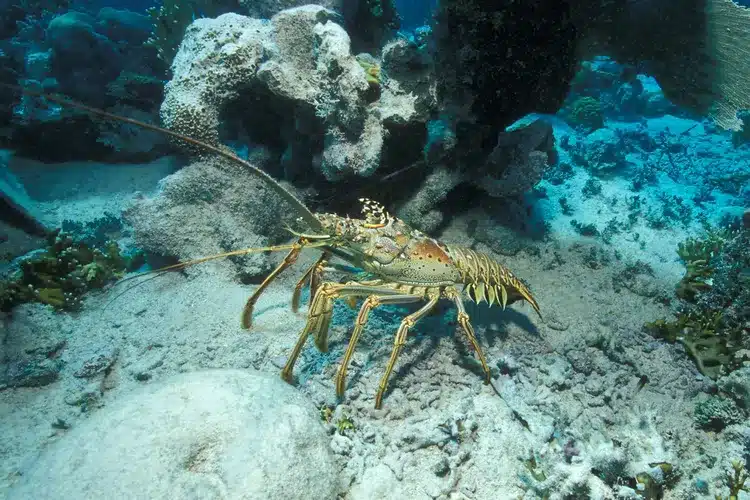
02. Not All Lobsters Have Claws
Lobsters can be classified into two types: those with claws and spiny lobsters, also known as rock lobsters. The clawed variety, including the famed American lobster, predominantly inhabits cold marine regions and is a favored dish in seafood eateries, notably in New England.
On the other hand, spiny lobsters lack claws but feature prominent, sturdy antennae. They typically reside in warmer waters like the Caribbean and Mediterranean, and when served in restaurants, it’s usually as lobster tail.
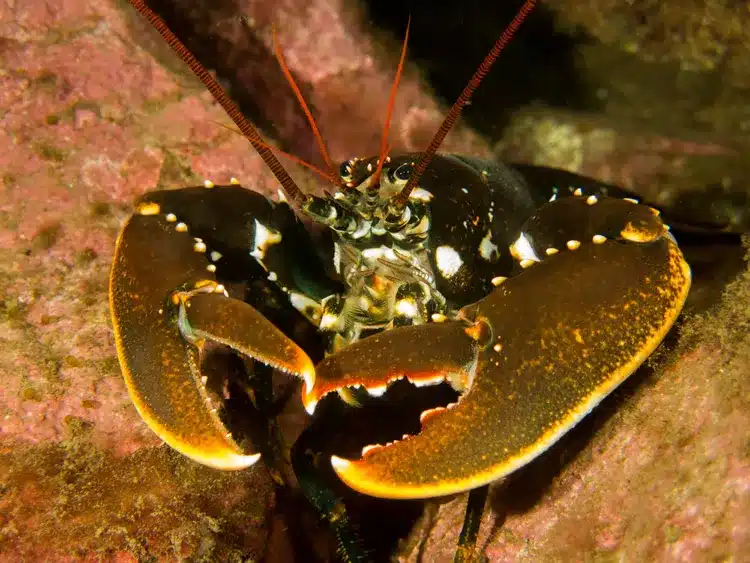
03. Lobsters Prefer Live Food
Lobsters can be classified into two types: those with claws and spiny lobsters, also known as rock lobsters. The clawed variety, including the famed American lobster, predominantly inhabits cold marine regions and is a favored dish in seafood eateries, notably in New England.
On the other hand, spiny lobsters lack claws but feature prominent, sturdy antennae. They typically reside in warmer waters like the Caribbean and Mediterranean, and when served in restaurants, it’s usually as lobster tail.
04. Lobsters Can Live a Long Time
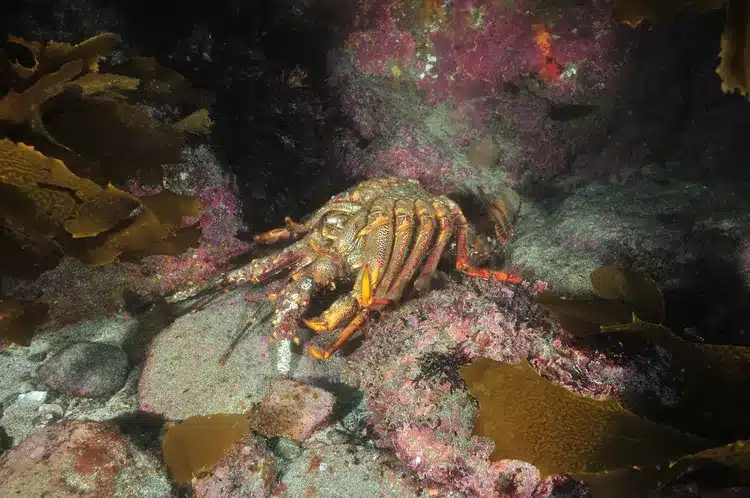
05. Lobsters Need to Molt to Grow
Lobster shells don’t grow, so as a lobster gets bigger and older, it molts and forms a new shell. Adult lobsters molt about once a year. During this vulnerable time, the lobster retreats to a hiding place and sheds its exoskeleton. After molting, the lobster’s body is very soft and it can take a few months for the outer shell to harden again. As with soft-shell crabs, when fish markets advertise soft-shell lobsters, the crustaceans they’re selling have recently molted.
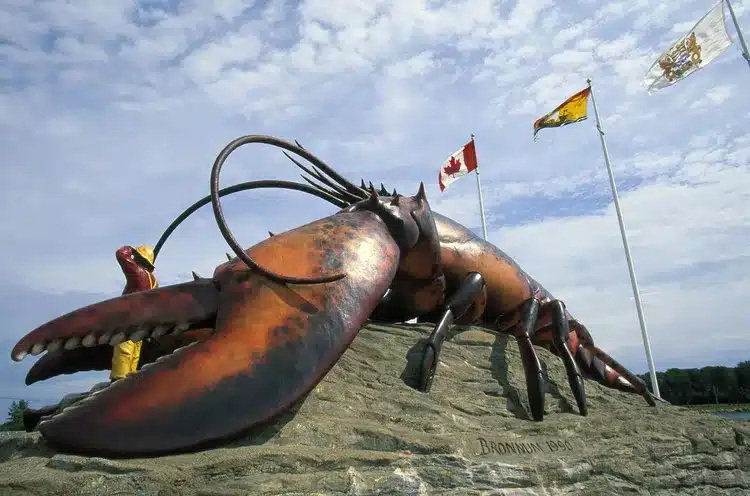
06. Lobsters Can Grow to Over Three Feet
The record for the heftiest American lobster was set in 1977 when one was captured off Nova Scotia, tipping the scales at 44 pounds and six ounces and measuring three feet and six inches in length. However, such gigantic sizes are rare among lobsters. For instance, the slipper lobster, a variety of clawless lobster, usually only grows to a few inches in length.
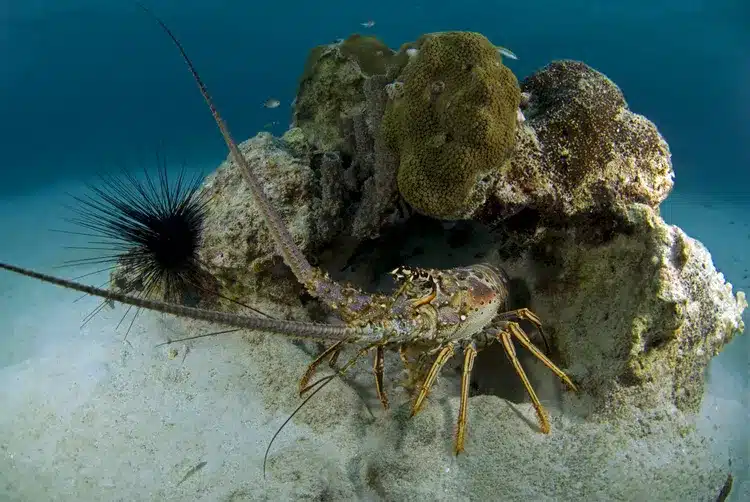
07. Lobsters Are Bottom-Dwellers
A quick glance at a lobster makes it evident that they aren’t built for extensive swimming. While lobsters start their life floating near the water’s surface during their planktonic phase, as they mature, they descend and make their home on the ocean floor. Their favored habitats are rocky nooks and crannies.
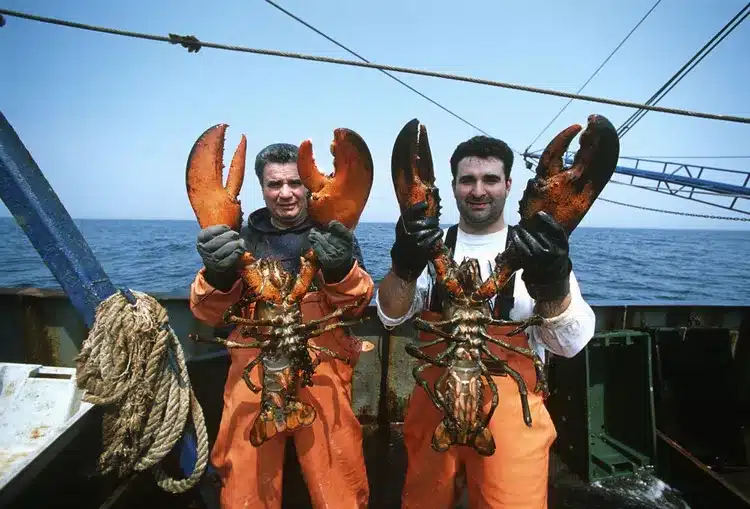
08. You Can Tell the Difference Between a Male and Female Lobster
To distinguish between a male and female lobster, examine the underside of its tail. Lobsters possess swimmerets beneath their tails, aiding in both swimming and mating. Males sport slim, rigid swimmerets, whereas females have broader, feathery-looking ones.
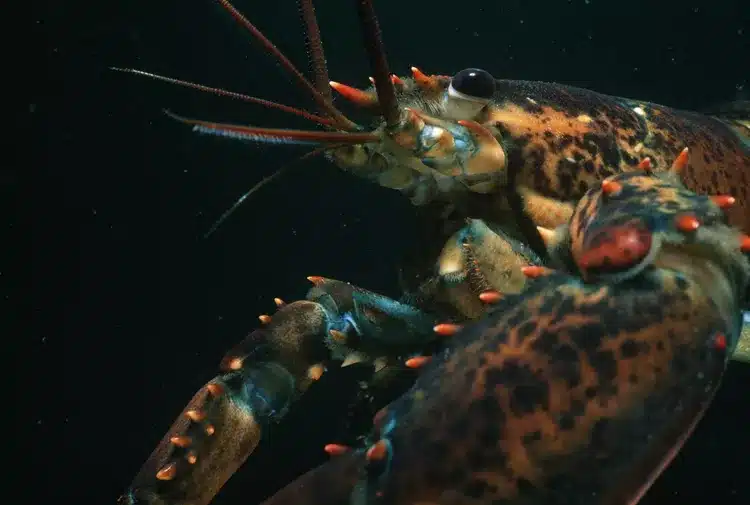
09. Lobsters Are Not Red in the Wild
Many assume lobsters are naturally red, but this is a misconception. In their natural habitat, lobsters predominantly display a mix of brown and olive-green hues, with only a subtle reddish tint. This red shade originates from a pigment named astaxanthin. For most lobsters, this pigment blends with other colors to create their typical appearance.
However, astaxanthin is heat-resistant, unlike other pigments in the lobster’s shell. When lobsters are cooked, the non-astaxanthin pigments deteriorate, leaving only the vibrant red astaxanthin. This results in the classic red shade commonly linked with cooked lobsters.
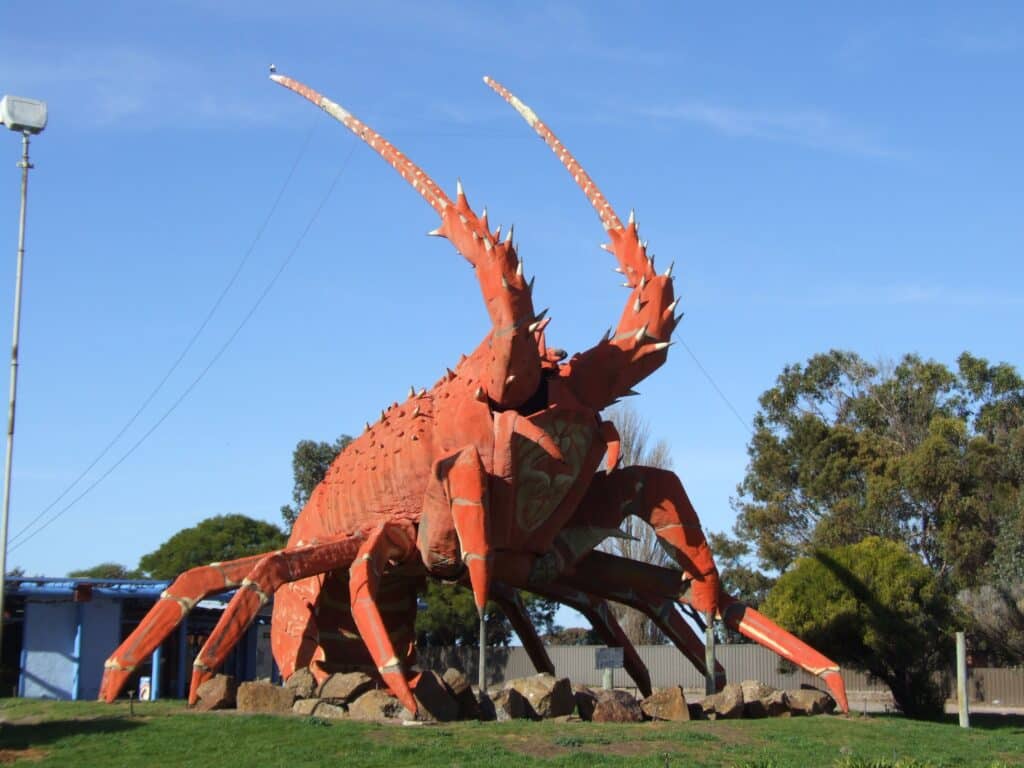
10. Lobsters in Popular Culture
Lobsters are more than just a culinary delight; they’ve also made quite a splash in popular culture. Here are some of their standout moments:
**Monumental Lobsters**: Several statues have been erected in homage to this magnificent crustacean. While the “World’s Largest Lobster” in Shediac, New Brunswick boasts an impressive 35 feet, it’s not the actual largest. A sculpture in Qianjiang, Hubei, China, towering at 62′ x 42′ x 51′, takes that crown, followed closely by “Larry the Lobster” in Kingston, SE, South Australia, stretching to 59′ x 45′ x 50′.
**Literary Lobsters**: In Lewis Carroll’s “Alice’s Adventures in Wonderland”, a memorable scene involving Alice, the Mock Turtle, the Gryphon, and a dance titled “The Lobster Quadrille” unfolds. Here, the Mock Turtle comments on the sheer delight of the dance, hinting at Alice’s lack of underwater experiences and her brief encounter with a lobster.
**Lobsters on the Big Screen**: Woody Allen’s 1977 iconic comedy “Annie Hall” showcases a hilarious lobster escape, leading to the memorable line by Allen: “Annie, there’s a big lobster behind the refrigerator…” Lobsters also cameo in 2003’s “Love Actually” (remember the Christmas nativity lobster?) and “Finding Nemo.”
**Musical Crustaceans**: The B-52’s 1978 hit, “Rock Lobster”, not only climbed the Billboard Hot 100 chart but also secured a spot in Rolling Stone’s 500 Greatest Songs of All Time.
**Lobster Selfies**: For Halloween 2013, Sir Patrick Stewart, renowned for his role as Captain Jean-Luc Picard in Star Trek, delighted fans with a Twitter selfie, featuring him donning a lobster costume while relaxing in a bathtub.
